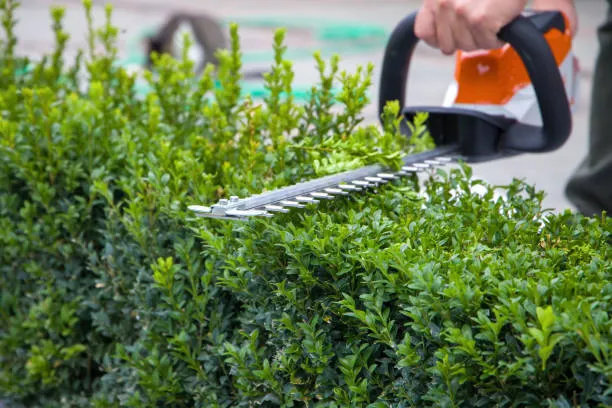
The Art of Layering: Techniques for Depth and Dimension in Landscaping Sep 17, 2025
Start by envisioning your landscape as a canvas. The key to effective layering is arranging elements in such a way that they complement one another. Consider using plants of various heights, textures, and colors to achieve a balanced composition. The tallest elements, such as trees or large shrubs, act as a backdrop, while medium-sized plants provide the midground, and lower plants, including perennials and ground covers, fill the foreground. This arrangement creates a tiered effect that draws the eye across your landscape.
One foundational principle in the art of layering is to establish a focal point. This might be a striking tree, an elegant water feature, or a piece of art. The focal point should be positioned where it naturally draws attention, serving as an anchor for the surrounding layers. Surround the focal point with complementary plants and materials that enhance its appeal without overwhelming it.
Texture is another critical component in layering. Combining different textures adds interest and contrast to your landscape. For example, pairing the coarse leaves of a hosta with the delicate fronds of a fern can create an attractive interplay that captures attention. Texture is not limited to plants alone; consider incorporating various hardscaping elements, such as stone pathways or wooden benches, to further enrich the tactile variety of your space.
Color selection is equally important in layering. While blending various shades can be appealing, a more subtle approach often yields lasting results. Complementary colors can make a statement and work harmoniously when layered correctly. Use color to highlight or soften certain layers, depending on the mood you wish to convey. In a spring garden, pastel blooms may create a gentle transition between more vibrant summer hues.
Depth and dimension can also be enhanced with strategic lighting. By employing lighting at various levels, you can emphasize the layers within your landscape, making them prominent even after dark. Upward lighting can dramatize tall trees, while ground-level lights can highlight pathways and edges. This not only adds a level of safety but also creates an enchanting ambiance.
The practice of layering isn’t confined to visual appeal; it’s also about creating functional spaces. Consider how different layers can serve various purposes, such as providing shade, privacy, or directing foot traffic. Mulch & Dig understands the importance of each element serving a purpose, whether it's keeping maintenance low or ensuring the landscape thrives through the seasons.
By implementing these techniques, Mulch & Dig can help you achieve a landscape that is not only beautiful but also functional and sustainable. The thoughtful arrangement of elements, combined with an eye for contrast and cohesion, can bring depth and dimension to even the simplest of gardens. Whether starting from scratch or revamping an existing space, the art of layering is an invaluable tool in creating the perfect outdoor oasis.
In conclusion, achieving a landscape of depth and dimension requires careful planning and execution. By applying the principles of layering, focusing on texture, color, and functionality, Mulch & Dig ensures every project transforms into a masterpiece. Embrace these techniques, and watch as your garden evolves into a space that’s not only visually captivating but a true expression of your personal style.
/filters:no_upscale()/filters:format(webp)/media/04b103c8-1928-4603-af4f-cd9adb632f94.webp)
/filters:no_upscale()/filters:format(webp)/media/31f8ab00-9501-4f07-a64c-b005a3bba0f1.jpeg)